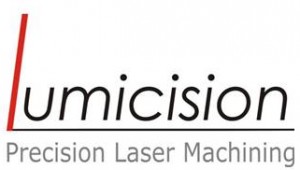Laser Welding

laser welding
In 1965, laser systems were used to make fine welds in electronic circuits, inside vacuum tubes, and in other special applications where conventional technology was unable to create proper welding. Due to the limited power available, until 1970 laser welding was limited to low-velocity materials and low speeds. Thereafter, more laser applications were added, and today the laser has found many applications in the field of material processing. Laser welding as a new technology in recent years has found many applications in various industries such as automotive, military, aerospace, shipbuilding, electronics, and so on.
Laser welding is one of the newest methods of fusion welding. With high-energy laser radiation to the desired level, the heat needed to create a melt pool and carry out the connection process is provided. Laser welding techniques have differences with conventional methods of melt welding in terms of equipment and working methods. Laser welding is thin and deep, and the energy input to the piece is very low compared to conventional methods. This property allows laser welding to be used in special applications where high penetration depth is required. Penetration depth and weld width can be done by controlling the laser power, changing the position of the focal length of the beam relative to the work-piece surface, the welding speed, the time distribution of energy transfer to the metal (pulsed or continuous), and parameters related to the protective gas flow, etc. This is precisely why full laser wrapping can be done at very low risk. Low weld width, high penetration depth, proper strength and low torsion of laser welds due to the need for lightness and resistance to corrosion, apparent beauty, removal of electrode consumption, and consequently the elimination of machining operations, as well as the possibility of welds of unattainable connections Has led various industries to make more use of this method. In the process of laser welding, after laser beam irradiation on the surface of the desired portion and absorption, the heat is provided to create a melting area and a mixture of materials is created which, after freezing, creates a bond between the materials. When the laser beam concentrates on the desired point, it melts the metal and quickly creates a small and narrow weld area with very high bonding efficiency, while it also puts the least damage on the piece. Figure 1 shows how to place two steel sheets under the laser nozzle and welding them using a laser beam. Wide range of materials such as stainless steels, low carbon steel, nickel, aluminum and titanium alloys can be welded by a laser.
